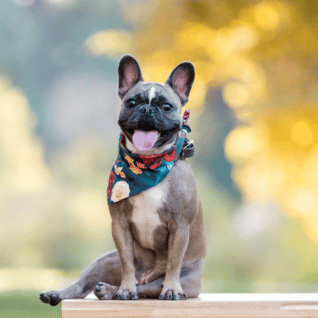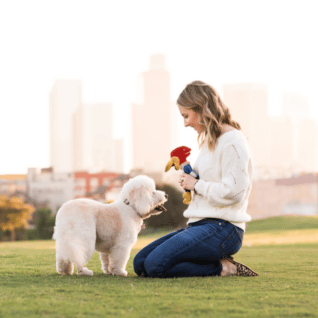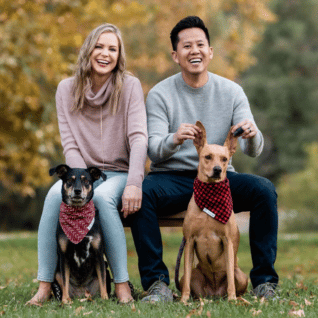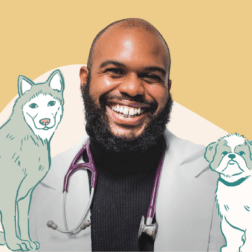01

www.fetchphotography.com/
Location, Location, Location
There are two things that can make or break almost any photo: light and location. If a photo is too bright or too dark, your subject will be obscured. The same is true for location. If the location is too distracting or cluttered, the focus won’t be on your subject. So how do you find the right light and location to make your dog pop?
Step one: make sure you’re setting yourself up for a successful photoshoot by checking the time and the weather. My favorite lighting comes around 1-2 hours before sunset on a sunny day. Weather conditions can make things tricky so I recommend starting out trying your photos on sunny days around this time.
Step two: You need to find the right place to position yourself and your dog. To ensure your dog is evenly and softly lit by the sun, you want the sun to be at your back. Then, find a shady tree and position the dog at the edge of the shade under the tree, ensuring that he/she remains completely in the shade with their face towards you and the sun. You can pivot around the dog in a small arc to prevent your shadow from appearing in the photo while capturing different angles.
Be mindful of what’s in the background of your photo. Distracting backgrounds can cause a photo to appear chaotic and busy. Natural settings with bushes or trees work well to make your dog the focus of your photo.








Conversation